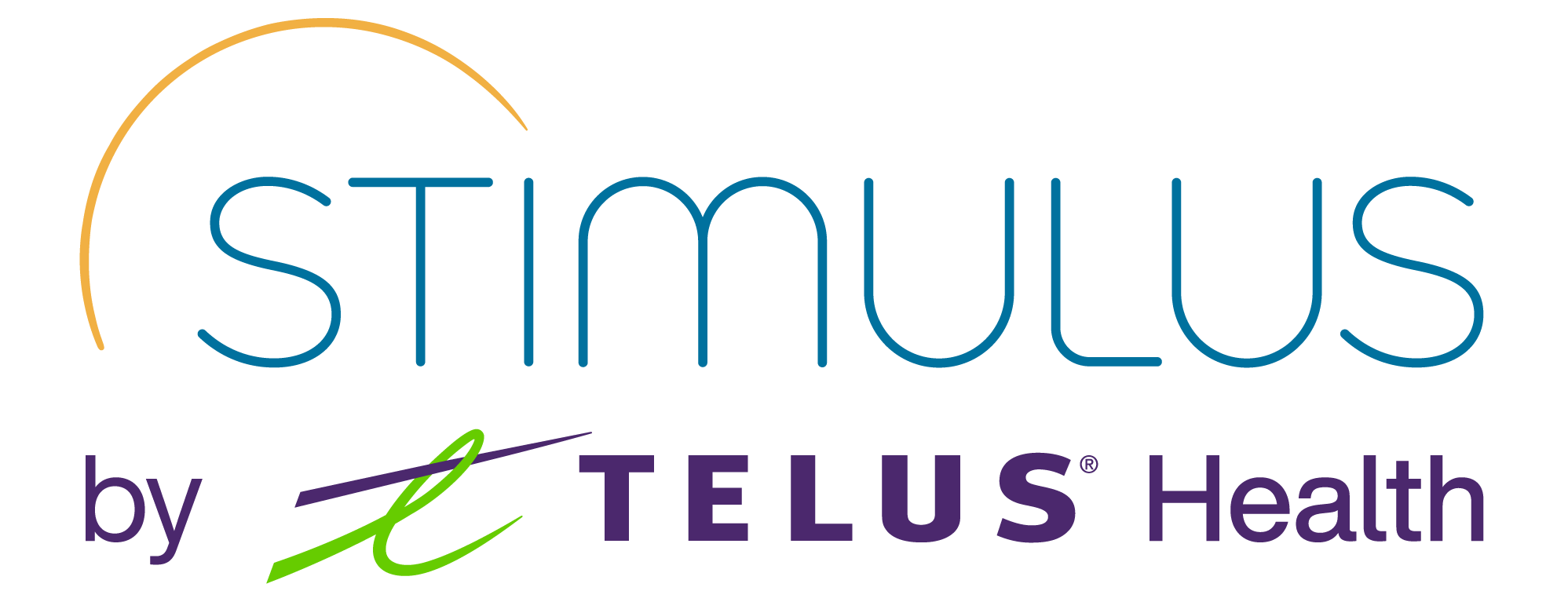Physical and mental health: the same battle
The notion of prevention in terms of physical health is well established in our society: eat 5 fruits and vegetables a day, take part in regular sporting activities...
Why isn't the same (yet) true for mental health?
Here are a few good practices you can put in place to preserve your mental health.
Expressing emotions
Communicating, expressing your emotions through words (I feel sad or angry when... - I'm afraid that...) or through creativity (physical expression, manual or artistic activity), being aware of your sensations (my throat closes up when I have to speak in public), taking the time to reflect after a tense situation (what happened to me? to the other person? what do I need? what could help me?) are all good practices to apply on a daily basis to promote good mental health.
Indeed, expression is a way of externalizing what is painful. For example, after sharing a painful feeling or making a difficult decision, we often feel a sense of relief, a sign that tension has been released. Talking also limits ruminations and psychosomatic expressions (rashes, headaches, difficulty breathing, digestive problems).
The invisible dimension of our mental health should not lead us to believe that it does not exist.
Identify your "resource" moments
The body has a powerful ability to regulate itself. In the case of physical effort or a stressful situation, the cardiac and hormonal systems are called upon during the effort, as well as afterwards, to recover.
In the same way that a marathon runner needs time to recover after a race, everyone needs time to recover after periods of intense cognitive effort, such as a heavy workload, intense emotional stimuli or a prolonged mental load such as moving house or starting a new school year for a sibling...
To make this energy recovery easy, it's important to identify "resource" moments on which to rely.
For example: getting a good night's sleep, maintaining harmonious relationships with those around you, engaging in activities that bring you joy and satisfaction...
By compiling a list of resources (minimum 25 items), you'll always have activities available to recharge your batteries.
As each person is unique, your resource activities will not be the same as those of your colleague, spouse or friends. So be specific about each of your "resource" activities - having a coffee with a friend who's a good listener, listening to that song you love that cheers you up... - and plan a variety of activities, lasting 5 minutes, an hour or a whole weekend, at home or away, alone or with others... You can then draw on them when the time comes, depending on your situation.
On the other hand, it's important not to confuse these "resource" moments with activities that anesthetize - scrolling for a long time, using substances... You need to be able to answer the question "Do I feel better after doing this activity?" in the affirmative.
How do you know when your mental health is at risk?
General fatigue, loss of motivation, negative thoughts, difficulty concentrating, impatience, disproportionate irritability with people or events... Faced with these warning signs, it's important to get back to basics, such as getting enough quality sleep and eating a balanced diet. Then, identifying the points of tension, which are energy-consuming and have no significant benefits, enables you to de-prioritize them.
Finally, seeking the help of a health professional, such as your GP, a psychologist or a psychiatrist, will help you make sense of what you're feeling, and provide you with the tools and best practices to improve and regain solid health, whether mental or physical.
So don't hesitate, take care of yourself!

Clinical psychologist with our employee assistance programme Stimulus Care Services

